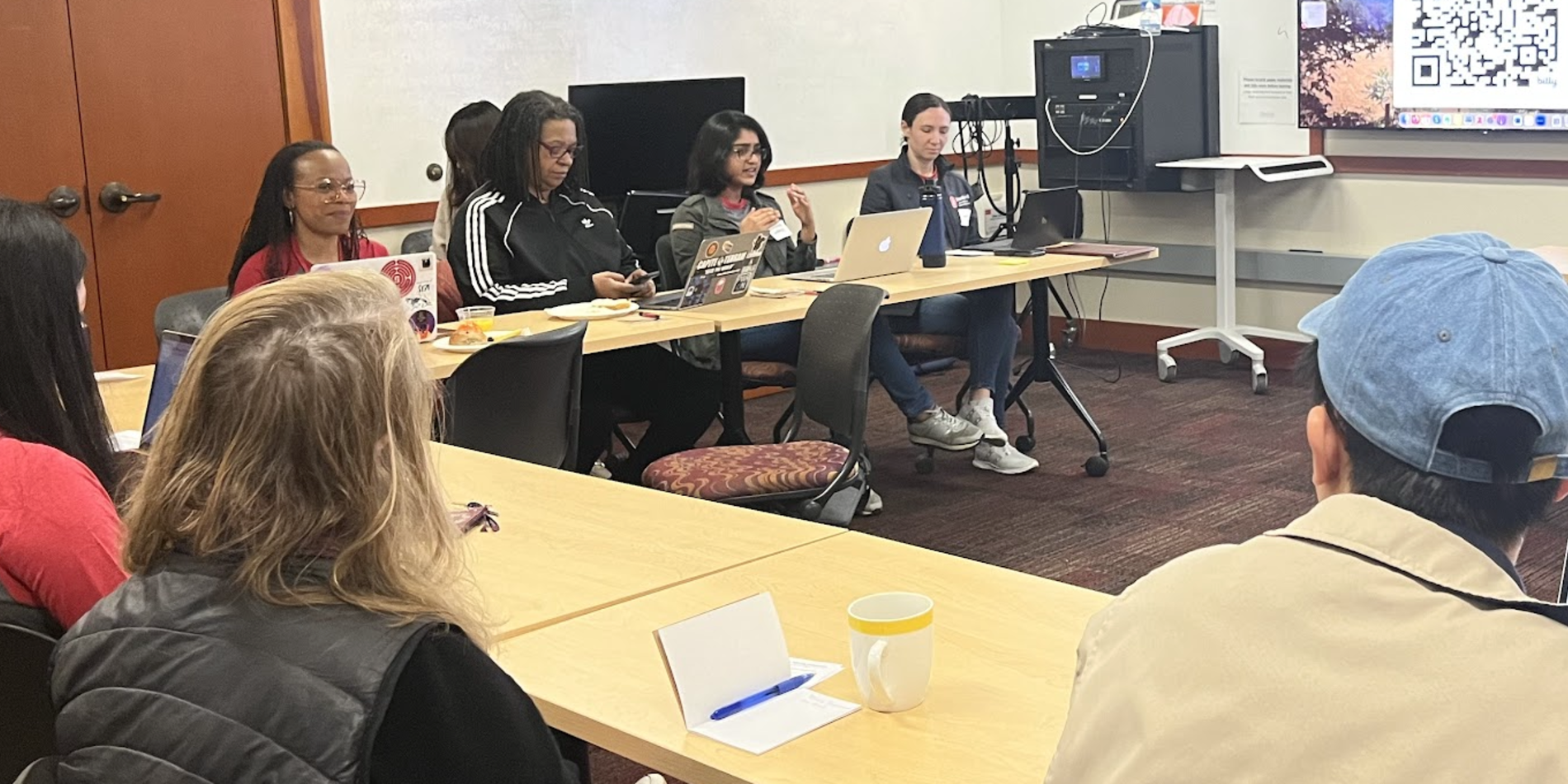Stacy Pigg's, "Emplacing Mobile Composing Habits: A Study of Academic Writing in Networked Social Spaces"
While most individuals need to shut off the Internet temporarily in order to accomplish some of learning’s cognitive labor, doing so represents an unintuitive bodily response to mobile device screens as well as an act of resistance toward discourses that suggest individuals should remain always on and available. How students habitually navigate this overlap between virtual and physical space creates an embodied memory for and through writing, which influences their academic identities. In this case, both students draw on writing’s materiality as a way to stay focused, giving process to distributed work through repeated and methodical acts of arranging external information into personal memory systems. (Stacey Pigg, “Emplacing Mobile Composing Habits”)
I like to joke with students that our classroom is far quieter during our breaks -- the time I set aside for them to check in with friends through social media or return text messages -- than during class itself. Even given these breaks, however, I still “catch” students engaging in digitally-mediated social interaction during announcements, group exercises, or peer review.
Inside class, these interactions “distract” students from PWR programming, but is the reverse also true? Outside of class, does PWR work disrupt students’ social interactions, causing them to rethink where and how they write? I’ve often wondered how students strike a productive balance between the work of composing, which now often depends upon being connected or “tethered,” and the work of remaining “connected” and available to myriad audiences at all times and places. How in the world do they get anything done?
Stacey Pigg’s article seeks to answer this question by considering the ways that students make material choices about where to write and how to interact within these environments. Pigg suggests that:
Informal public places such as cafés, coffeehouses, and commons areas serve as commonplace productive locations for many writers because they ground a delicate interactive balance, positioning composers to feel in control over their immediate social and material environment, which is crucial to balancing access to social resources with enough removal from them to focus. Their infrastructure supports the materials writers frequently use to access resources [] and yet offers the opportunity for what participants called “clean space” where they could focus. (261)
Certain informal, networked public spaces may actually help students form writing routines, granting them a kind of stability and predictability that facilitates learning. These places are often strategically chosen, in terms of how they dis/able certain kinds of interruptions. In short, Pigg suggests, students’ persistence may be connected to their ability to find a “place” to write.
My impression is that many of us discuss the time writing takes -- the importance starting drafts immediately, of working consistently, of adopting a sustained approach to writing tasks. Yet, I wonder if first and second year students have considered the importance of where they write, and the way in which such choices can help foster sustained engagement with their research we are hoping to foster.
Pigg, Stacey, “Emplacing Mobile Composing Habits: A Study of Academic Writing in Networked Social Spaces." CCC 66.2 (December 2014). 250-275.



